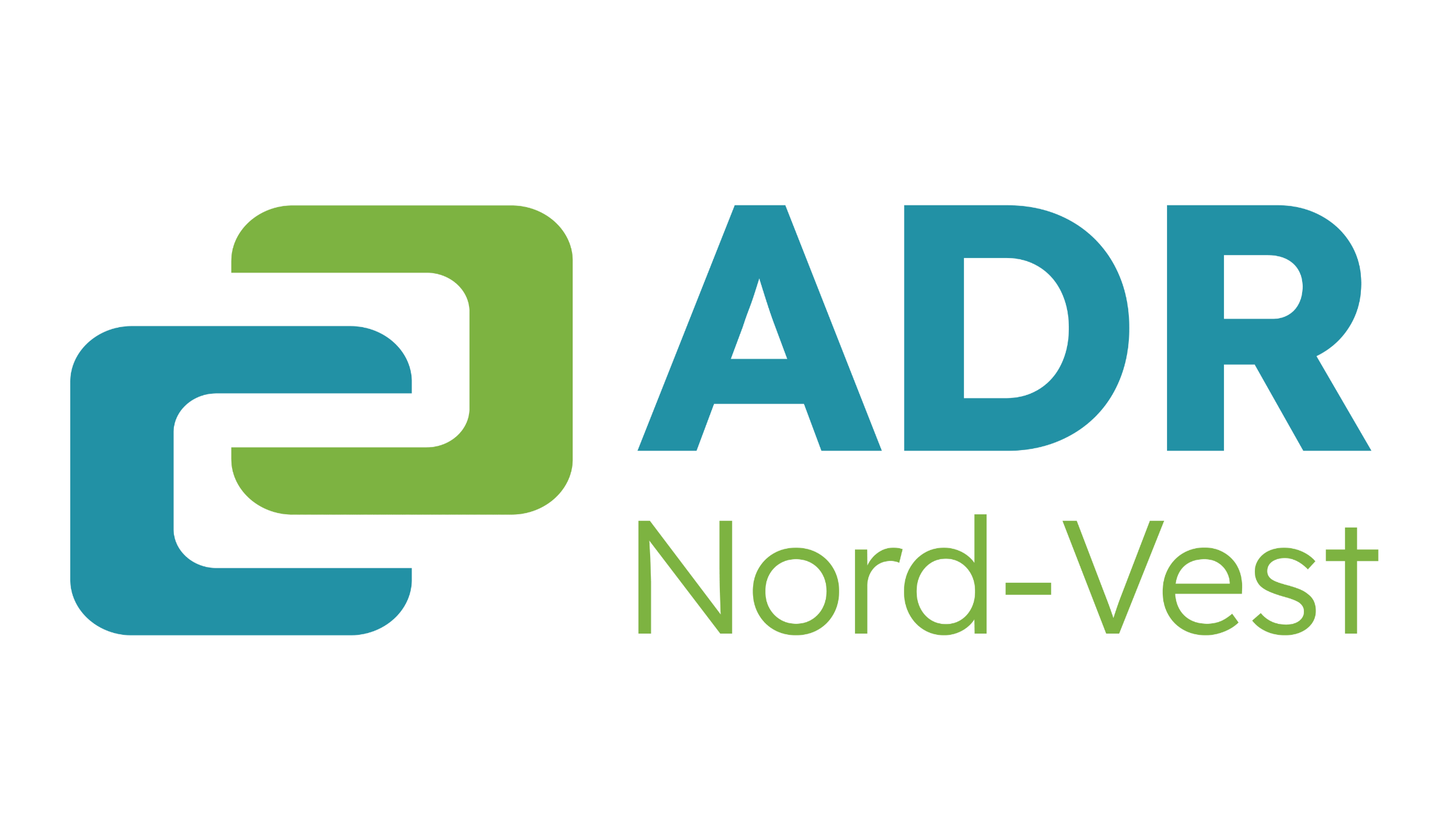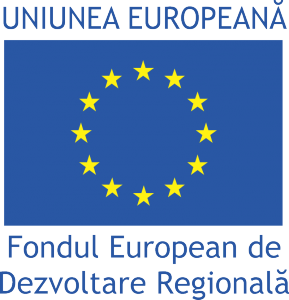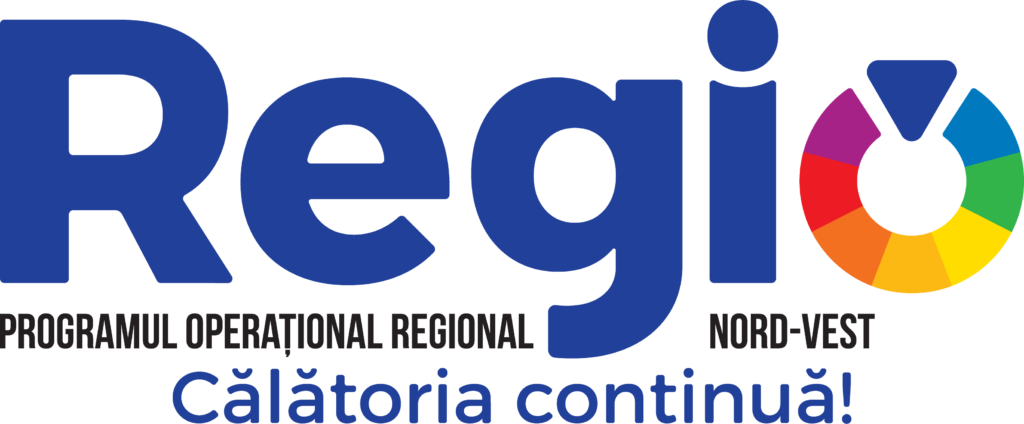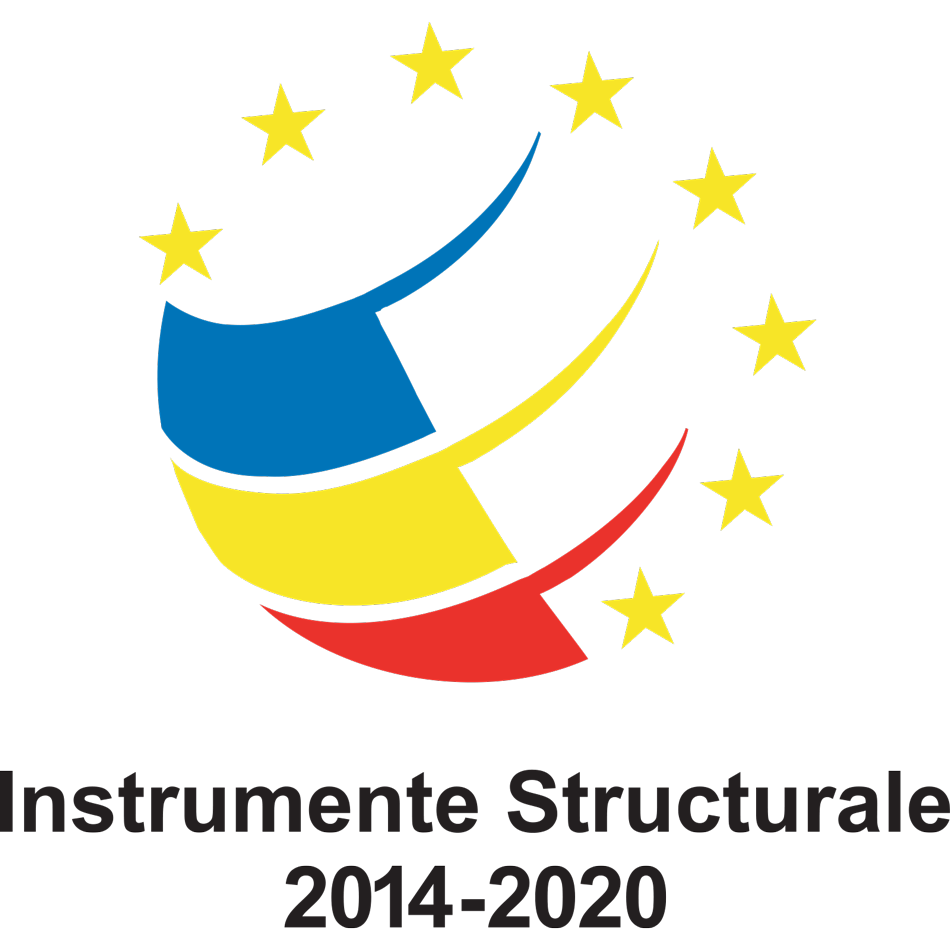Since 2007, Romania has benefited from support within the Common Agricultural Policy (CAP) of the EU for rural development, with the aim of increasing the competitiveness of the agri-food and forestry sector, diversifying activities in the rural area and decreasing the population's dependence on agricultural activities, as well as for the improvement of the environment and the rural area.
Thus, Measure 211 - disadvantaged mountain area was implemented in Romania starting from 2007, and Measure 212 - disadvantaged areas (other than mountain area) and Measure 214 - agro-environment were implemented starting from 2008. Through these measures, both compensating users of agricultural land located in areas where agricultural activities are affected by unfavorable natural conditions, but also compensating the loss of income and additional expenses recorded by farmers who voluntarily adopt extensive agricultural practices, with low impact on the environment, in order to maintain the value environmental protection of agricultural land (biodiversity protection, water protection, soil protection, reduction of pollutant emissions and adaptation to the effects of climate change). These measures have attracted the interest of Romanian farmers, during the period 2008-2015 payments were made in a volume of approx. 3, 47 billion euros within the commitments made under the 3 measures i, which represents approx. 42% from the entire allocation of PNDR 2007-2013 and 98% from the allocation of Axis 2 measures that were addressed to the plant sector.
Thus, from the data extracted from the databases administered by the Payments Agency, taking into account the methodological clarifications brought by the Common Monitoring and Evaluation Framework (CMEF) according to which commitments applied to the same agricultural area can contribute to one or more objectives established for the PNDR 2007-2013, it follows that during the previous programming period, the payments granted under Axis 2 measures addressed to agricultural land contributed to:
- maintaining biodiversity – 6.073 million ha;
- soil quality – 864 thousand ha;
- water quality – 2.186 million ha;
- avoiding land isolation and abandonment – 6.014 million ha;
- mitigation of climate change – 1.431 million ha.
For the 2014-2020 programming period, a special emphasis was placed on promoting the efficient use of resources, as well as on smart, sustainable and inclusive growth in agriculture and rural areas, in line with the objectives established by the Europe 2020 Strategy. One of the instruments made available to the Member States to achieve these objectives is the new package of environmental and climate measures of the 2014-2020 PNDR, addressed to agro-environmental and climate practices (Measure 10), ecological agriculture (Measure 11) and areas facing constraints natural measures (Measure 13), these being implemented in Romania since 2015. The allocations of these measures are substantial, with farmers being able to access the commitments under which sums of approx. 2.66 billion euros (Measure 10 – 1.071 billion euros, Measure 11 – 236.42 million euros, Measure 13 – 1.355 billion euros).
In the context of finalizing the legislative framework applicable to environmental and climate measures, as well as following the launch of the campaign for the submission of single payment requests for the year 2017, the Ministry of Agriculture and Rural Development aims to intensify information actions for all users of agricultural land located in the areas eligible for the environmental and climate measures of the PNDR, regarding the possibility of opening some commitments, the eligibility conditions and the specific requirements applicable within these commitments, the applicable standards (eco-conditionality - GAEC and SMR, minimum requirements regarding the use of fertilizers and plant protection substances, minimum activity and being classified as active farmers), but also at the level of payments granted within each type of commitment.
With the aim of providing all the necessary information for the continuation of the commitments opened during the previous years that are ongoing this year, but also to ensure the necessary support for the opening of new commitments in 2017, at the level of the institutions involved in the elaboration, implementation and promotion of the measures of environment and climate (the Management Authority for PNDR, the Agency for the Financing of Rural Investments and the Agency for Payments and Intervention for Agriculture) a series of informative and guidance documents were developed, useful in accessing and successfully implementing the commitments:
- informative leaflet on the payment schemes / measures for which support can be requested through the single payment request in the 2017 campaign,
- informative leaflet on the electronic completion of the single payment request for the year 2017 using IPA Online,
- informative leaflet on the eco-conditionality rules applicable in 2017,
- informative posters regarding the compensatory payments granted under the environmental and climate measures of the 2014-2020 PNDR,
- the informative brochure on compensatory rural development measures (environmental and climate measures of the 2014-2020 PNDR) applicable on agricultural land in 2017,
- the list of eligible areas within the environmental and climate measures of the 2014-2020 PNDR,
- the maps, at the county and regional level, with the classification of the administrative-territorial units in the eligible areas within the environmental and climate measures of the 2014-2020 PNDR, indicating their rounding on APIA Local Centers,
- Informative guide for the beneficiaries of the 2014-2020 PNDR environmental and climate measures,
- The calendars for the application of agricultural works on permanent meadows and on arable land, in correlation with the obligations provided by the agro-environmental and climate commitments provided by the packages of Measure 10,
- the models of agro-environmental and ecological agriculture notebooks, accompanied by instructions for completion, addressed to the beneficiaries of Measure 10 and Measure 11 of the 2014-2020 PNDR
- the brochure containing some plant species that can be used as indicators for grasslands of high natural value (HNV) in Romania,
- The brochure containing the plant species used as management indicators (intensive or extensive) of permanent grasslands with high natural value (HNV) in Romania
Relevant information regarding the conditions applicable to environmental and climate measures in 2017 can be consulted at all APIA Local Centers and County Centers, AFIR County Offices and Regional Centers, at the County Rural Development Departments and at the headquarters of the Ministry of Agriculture and Rural Development. This information is also available online:
- on the web pages of MADR (www.madr.ro, www.pndr.ro, www.rndr.ro),
- on the AFIR website (www.afir.info),
- on the APIA website (www.apia.org.ro).
In order to bring this information as close as possible to the farmers, in the next period a large campaign will be carried out to distribute the previously listed documents to institutions and partners of MADR that operate at the national, regional, county or local level.
Within this campaign, MADR and the institutions responsible for the implementation of environmental and climate measures (APIA and AFIR) will try, through the information posted on their websites, to present detailed information on how to access and the conditions for implementing the commitments, so that ensure the best conditions for increasing the degree of access to these measures, but also increasing the quality of implementation as a result of good information to the beneficiaries.
4._lista_of_eligible_zones_MMC in the North West Region
County maps in the North-West Region




